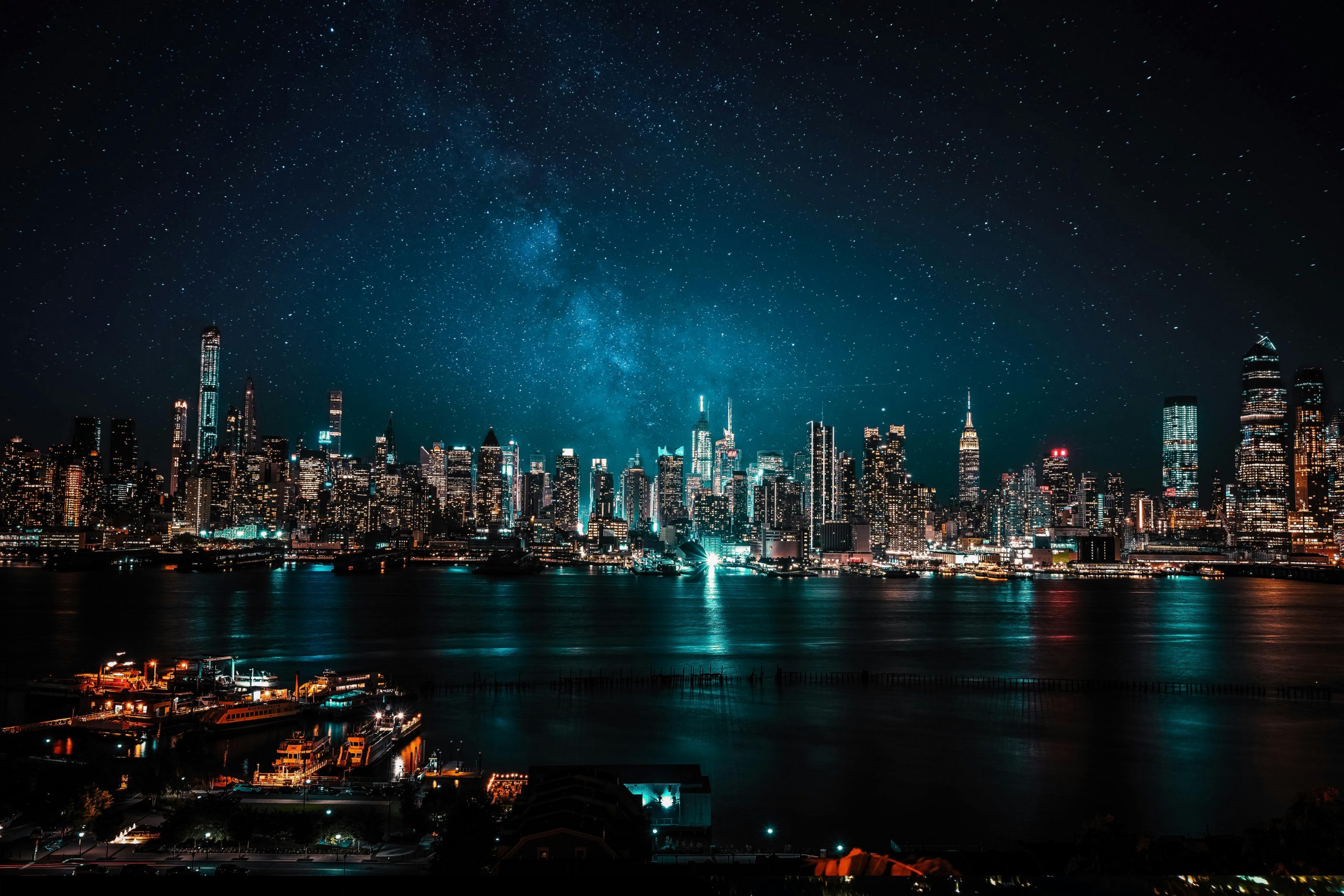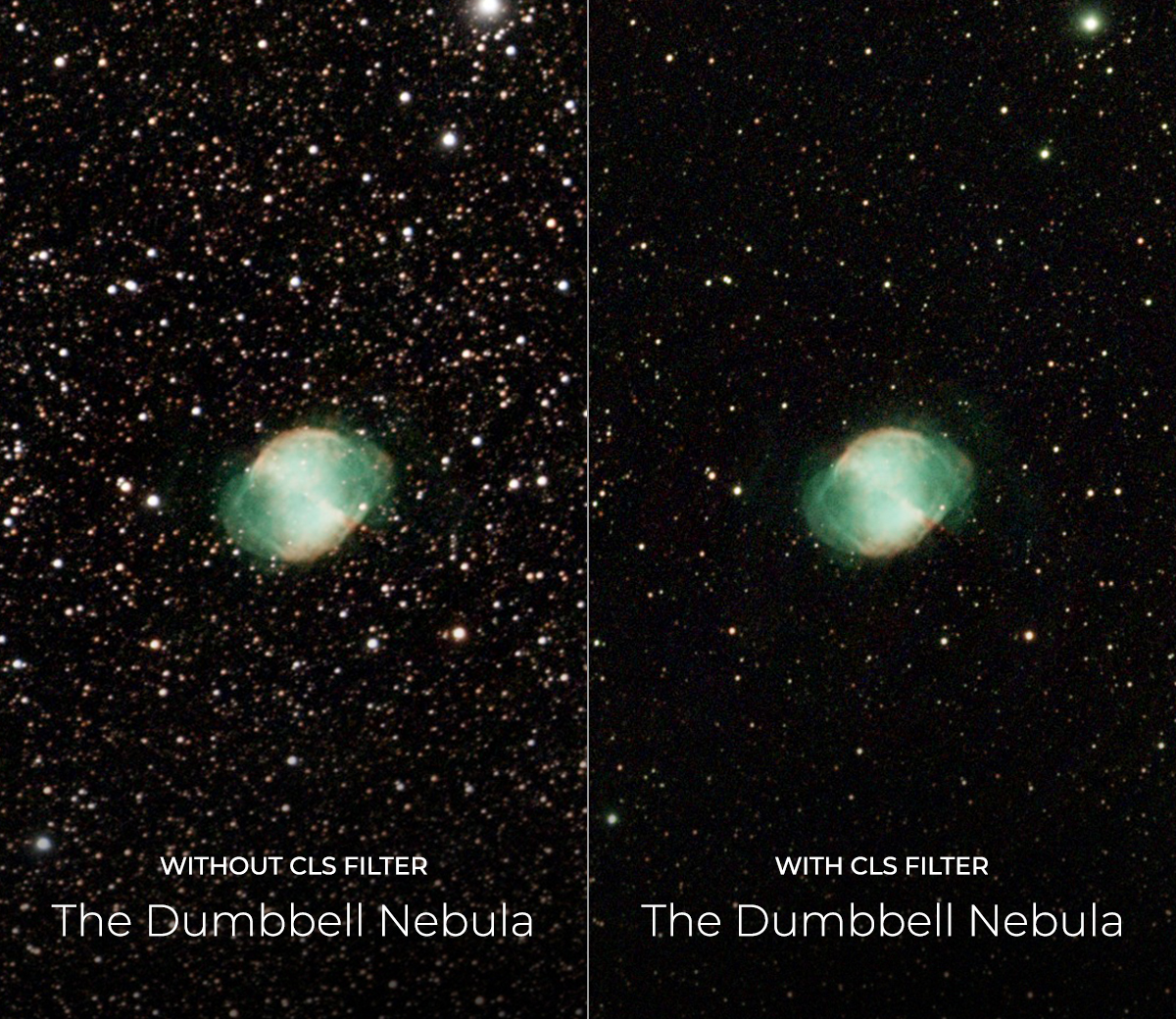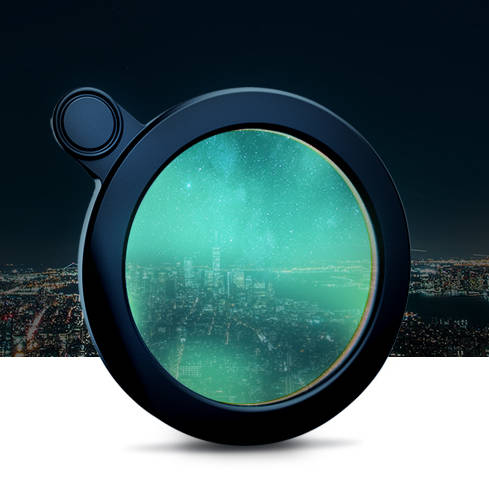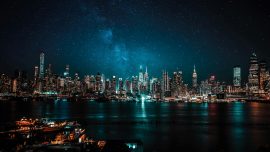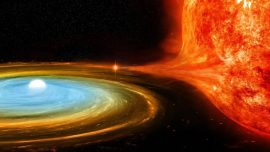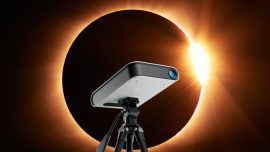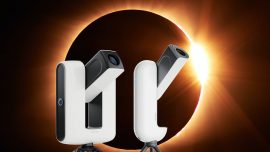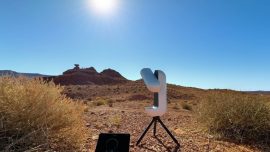Astrophotography is becoming increasingly popular, but one major challenge remains: light pollution. As cities grow, artificial lights brighten the sky, making it harder to observe stars, galaxies, and nebulae. While these issues are frustrating, there are ways to overcome them, allowing you to capture stunning images even in light-polluted environments.
How to Overcome Light Pollution in Astrophotography? In this guide, we’ll explore the impact of light pollution levels on astrophotography and how to use a light pollution filter to improve your images.
Understanding Light Pollution
Light pollution is the overabundance of artificial light that diminishes our ability to view the night sky. It manifests as skyglow, glare, light trespass, and clutter, all of which reduce the visibility of stars and celestial objects. As cities and suburbs expand, light pollution levels rise, making stargazing and astrophotography increasingly difficult.
The Moon can also be a source of natural light pollution. During bright phases, like the full moon, its light can wash out fainter celestial objects, reducing contrast much like artificial light does. Stargazing around the new moon helps mitigate this impact.
Impact of Light Pollution on Astrophotography
Light pollution makes astrophotography more challenging by washing out faint stars and increasing the brightness of the sky, which results in lower contrast and distorted colors. Here’s how light pollution levels affect astrophotographers:
- Reduced Visibility of Celestial Objects: Light pollution obscures faint celestial bodies such as nebulae, galaxies, and clusters.
- Skyglow: This increases background brightness, making it difficult to capture fine details.
- Star Color Distortion: Bright artificial lights can alter the natural colors of stars, leading to less vibrant images.
How to Overcome Light Pollution in Astrophotography
Despite the difficulties posed by light pollution, there are several effective strategies to help improve astrophotography, even in light-polluted areas.
1. Find Darker Sky Locations
The easiest way to counter light pollution is to move away from it. Traveling to areas with lower light pollution levels is an easy solution for better astrophotography results. Here are a few strategies for finding darker skies:
- Use Light Pollution Maps: Online tools like LightPollutionMap.info allow you to track light pollution levels globally. By consulting these maps, you can find nearby dark sky locations for better astrophotography conditions.
- Visit Dark Sky Parks: Dark Sky Parks are protected areas with minimal light pollution. These areas often offer optimal conditions for stargazing and astrophotography.
- Choose the Right Time: Plan your sessions around the new moon or in areas where the moon is below the horizon to reduce natural brightness.
2. Use a Light Pollution Filter for Astrophotography
When photographing the night sky in light-polluted environments, a light pollution filter for your telescope is invaluable. These filters are designed to block unwanted artificial light while allowing natural starlight to pass through, resulting in clearer, more detailed images.
- Broadband Filters block a wide range of artificial light sources, like street lamps, making them versatile for general astrophotography.
- Narrowband Filters focus on specific wavelengths, ideal for capturing nebulae and faint celestial objects in high light pollution areas.
For Vespera users, the CLS Filter is an excellent option. It significantly reduces skyglow, enhancing contrast and detail in your astrophotography. Whether you’re capturing deep-sky objects or bright planets, this filter helps to ensure your images maintain clarity and vibrancy. Designed to fit seamlessly with the Vespera smart telescope, it allows users to experience the best of the night sky, even in urban environments.
Explore the Vespera CLS Filter to elevate your astrophotography.
3. Post-Processing Techniques
Even after using the right filters, some effects of light pollution can remain. This is where post-processing comes into play. Advanced software can help you reduce the impact of light pollution and enhance your astrophotography:
- Adjust Levels and Curves: Post-processing software such as Adobe Lightroom or Photoshop allows you to adjust the levels and curves of your image to increase contrast and bring out the hidden details in your photos.
- Noise Reduction: Light pollution often increases noise in images, especially during long exposures. Use noise reduction tools to clean up your astrophotography shots without losing important details.
- Color Correction: Artificial lights can throw off the natural colors of stars and celestial bodies. By adjusting the color balance and using selective color tools, you can restore the natural vibrancy of your photos.
Best Equipment for Light-Polluted Areas
Having the right equipment is essential for dealing with light pollution. Our Vespera and Stellina ranges are designed to help minimize the effects of light pollution by incorporating advanced image processing and using filters to reduce skyglow. These smart telescopes offer excellent image quality, even in urban environments.
In addition to the light pollution filter for astrophotography, consider investing in accessories like:
- Sturdy Tripods: Essential for long exposures, especially in light-polluted areas where longer exposure times may be required.
- Remote Shutter Releases: To minimize vibrations when taking long exposures.
Light pollution may seem like a barrier for astrophotographers, but it can be managed with the right approach. By understanding light pollution levels, using a light pollution filter for astrophotography, and mastering post-processing techniques, you can still capture the stunning beauty of the night sky—even from a city.
With dark sky locations, filters, and post-processing, the universe is within your reach. Don’t let light pollution stop you from exploring the cosmos. Grab your telescope, apply these strategies, and start shooting. We hope you learnt a little bit more about how to overcome light pollution in Astrophotography.
The stars are waiting for you.

